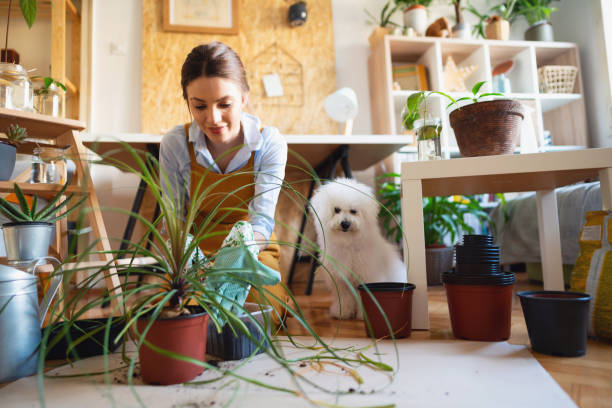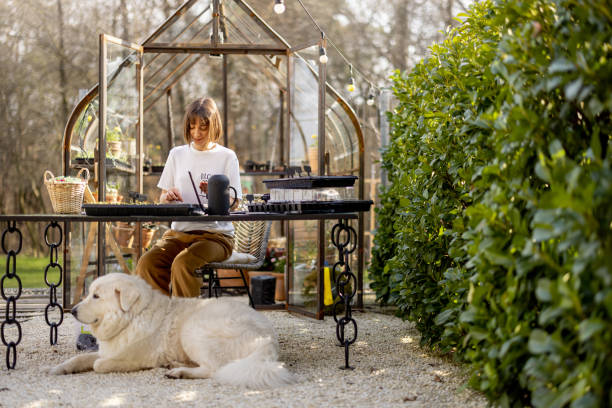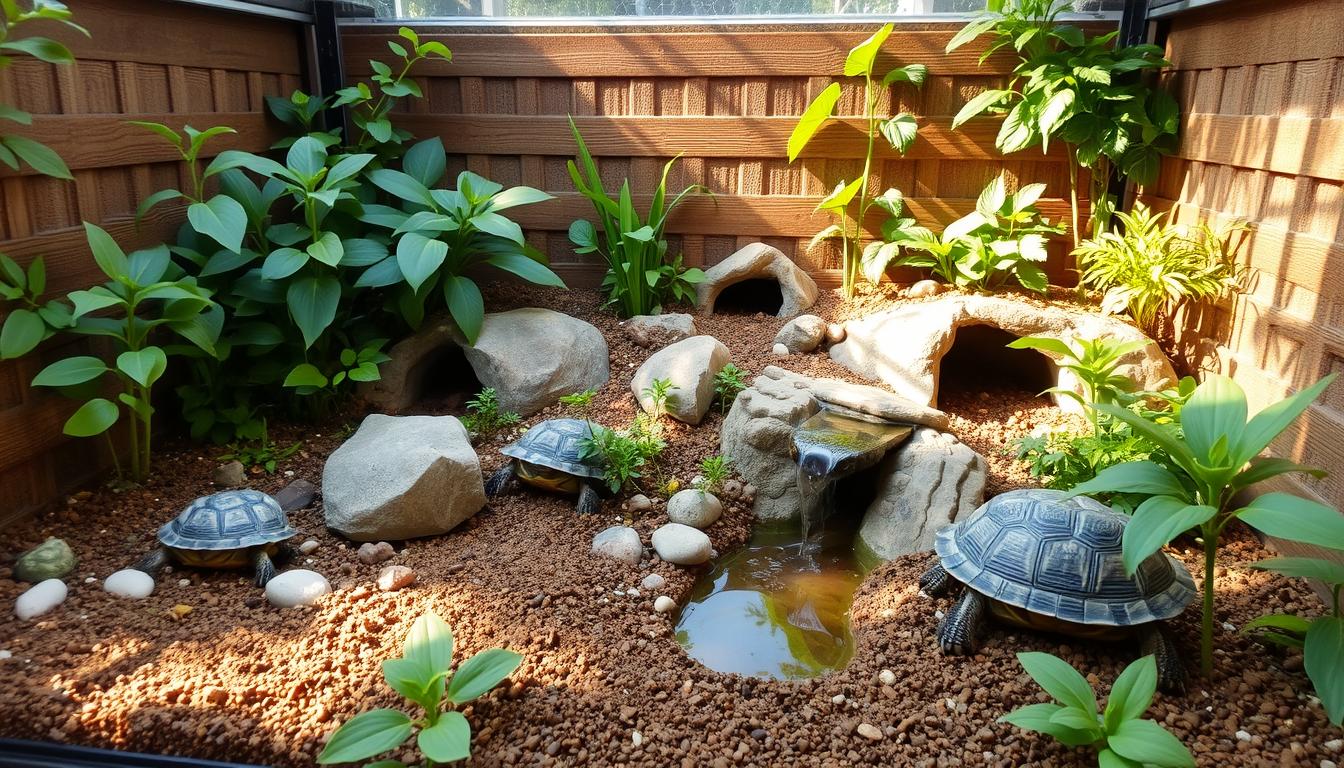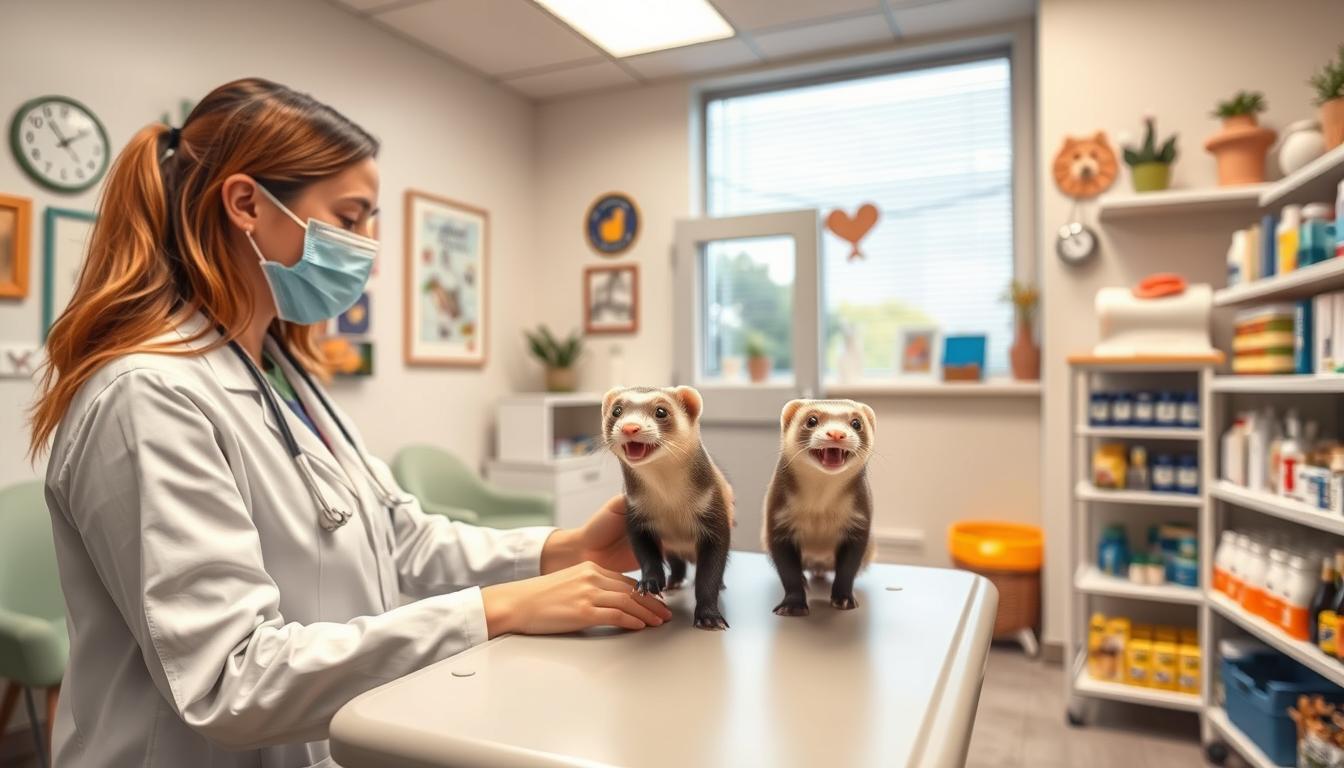Could a Home Be an Ecosystem for a Dog?

Introduction
Have you ever wondered if your home could serve as an ecosystem for your dog? The idea might seem unusual at first, but when you break it down, it makes perfect sense. Just like any living organism, a dog thrives in an environment that meets its needs for food, shelter, companionship, and mental stimulation.
In this article, we’ll explore how your home can be an ecosystem for your furry friend, ensuring their wellbeing, adaptation, and overall happiness.
What is an Ecosystem?
An ecosystem is a community of living and non-living things interacting in a shared environment. Every organism has a role, and balance is crucial for survival. In the wild, dogs adapted to various ecosystems, but can they do the same at home? Absolutely!

How Your Home Functions as an Ecosystem for Your Dog
Your home is more than just a shelter—it’s a micro-ecosystem tailored to your dog’s needs. Let’s break it down.
1. Shelter and Safety: The Foundation of a Dog’s Habitat
A home provides warmth, protection, and comfort. Whether it’s a cozy dog bed, a crate, or a designated safe space, your dog needs a place to retreat and relax.
Temperature Control: Unlike the wild, where dogs must adapt to changing climates, a home offers a stable environment, shielding them from extreme weather conditions.
Protection from Predators: In nature, dogs have to be on constant alert. At home, they feel safe from threats, allowing them to rest and play freely.
2. Food and Water: Sustaining Your Dog’s Wellbeing
An ecosystem must provide its inhabitants with proper nourishment.
Nutrient-Rich Diet: Your dog depends on you for a balanced diet, just like animals in the wild rely on their surroundings.
Water Supply: Access to clean, fresh water is crucial for hydration and overall health.
3. Social Interaction and Companionship
Dogs are pack animals, and companionship is essential for their emotional wellbeing.
Human Bonding: Your family members become your dog’s “pack,” fulfilling their need for social interaction and love.
Other Pets: If you have multiple pets, they create a mini-ecosystem within your home, helping to reduce loneliness and boredom.
4. Exercise and Movement: Adapting to a Home Environment
A natural ecosystem allows animals to roam freely. How does a home provide this?
Indoor Play: Toys, interactive games, and fetch inside the house mimic the activity dogs get in the wild.
Outdoor Walks: Regular walks ensure that your dog receives physical exercise and mental stimulation.
5. Mental Stimulation: Keeping Your Dog Engaged
In the wild, dogs constantly face challenges. At home, they need activities to stay sharp.
Puzzle Toys: These encourage problem-solving and prevent boredom.
Training Sessions: Teaching new commands and tricks keeps their minds active and engaged.
6. Sustainability: Creating an Eco-Friendly Home for Your Dog
Being mindful of the environment benefits both your dog and the planet.
Eco-Friendly Products: Use biodegradable poop bags, natural grooming products, and sustainable dog food.
Recycling and Upcycling: Old blankets and furniture can be repurposed for dog beds and toys.
7. Adaptation: How Dogs Adjust to Their Home Ecosystem
Just like animals in the wild, dogs adapt to their surroundings.
Routine and Structure: A predictable environment helps them feel secure.
Gradual Changes: Dogs need time to adjust to new settings, furniture arrangements, or family members.

8. Healthcare: Ensuring Longevity in a Home Ecosystem
Health plays a key role in any ecosystem. In a home, regular check-ups and a clean environment contribute to a dog’s longevity.
Vet Visits: Preventive care ensures early detection of health issues.
Hygiene: Regular grooming and cleaning minimize bacteria and pests.
9. The Emotional Connection: A Home as a Loving Ecosystem
More than just shelter and food, love is the essence of a dog’s home ecosystem.
Affection and Attention: Daily interaction strengthens your bond.
Emotional Wellbeing: A stress-free home contributes to a dog’s overall happiness.
Conclusion
A home isn’t just a place where your dog eats and sleeps—it’s an entire ecosystem that fosters their health, happiness, and adaptation. By understanding your dog’s needs and creating an enriching environment, you ensure they thrive just as they would in nature. After all, a happy home makes for a happy dog!
FAQs
1. Can a home fully replace a natural ecosystem for a dog?
While a home provides shelter, food, and companionship, outdoor activities and mental stimulation are essential to mimic the variety of a natural ecosystem.
2. What are the best ways to make a home more engaging for a dog?
Provide interactive toys, regular playtime, and structured training to keep your dog mentally and physically active.
3. How can I make my home eco-friendly for my dog?
Use biodegradable waste bags, sustainable pet food, and upcycled materials for bedding and toys.
4. Why is routine important for a dog’s adaptation?
Dogs feel secure in a structured environment. A consistent routine helps them adapt and reduces stress.
5. How do I ensure my dog’s emotional wellbeing at home?
Spend quality time with your dog, provide affection, and ensure they have social interactions with people and other pets.
Please don’t forget to leave a review.
Explore more by joining me on Patreon
Slug: home-ecosystem-for-dog
Meta Description:
Could your home be an ecosystem for your dog? Learn how to create a healthy environment that supports your dog’s shelter, wellbeing, adaptation, and sustainability.



